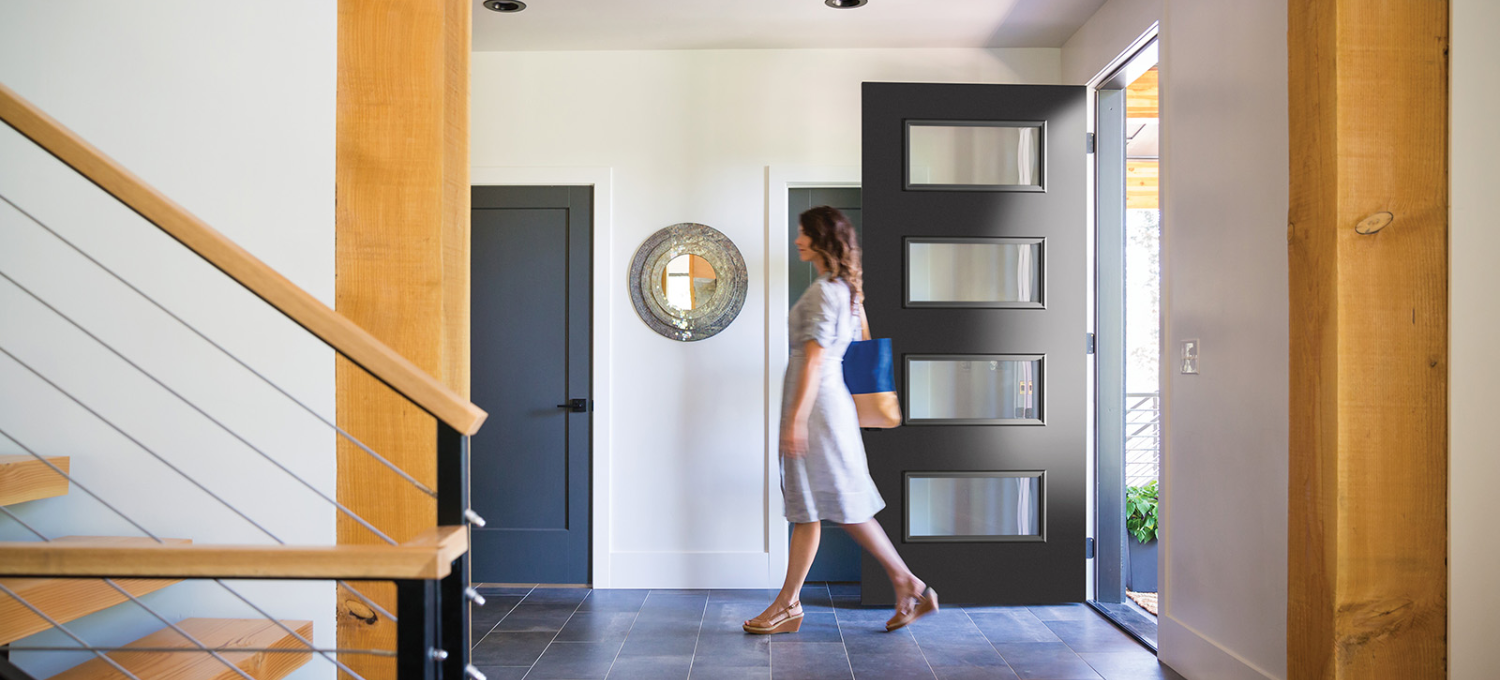When two things make you happy, one is plants and another is your furry-family. But you,re worried about how your pets and plants live together in your house? However, you know some plants are poisonous toxic plants and some are non-toxics plants. Don,t worried about this we are here to help you. Finding a pet-safe plant can feel as meticulous as getting a restless little guy in the vehicle.
For what reason do felines and canines eat houseplants? Certain individuals accept they do it to quiet a resentful stomach or assist with handling hairballs, while others think pets are endeavoring to cure a lack of nourishing. Felines and canines could try and bite on houseplants during play meetings, going after waving fronds as they would a toy. It tends to be hard to get a houseplant far from a pet not set in stone to bite, so it depends on us to guarantee that any plants we fill in the house are protected and non-poisonous to felines and canines.
Despite the fact that it is useful to know which houseplants are alright for felines and canines, it is vital likewise to know about the houseplants that are unsafe to them.
11 Best House Plants That Safe for Your Cats and Dogs
Boston Fern
Venus Flytrap
Gloxinia
Bird,s Nest Fern
African Violet
(Certain) Succulents
Ponytail Palm
Calathea Orbifolia
Parlor Palm
Spider Plants
Rattlesnake Plants
Boston Fern
The wonderful Boston plant is additionally on the lower end of the support range since it requires food just at regular intervals. Your kitty can bat at the greeneries all he needs and your doggy might in fact take a chomp this plant is ok for felines and canines.
Care Instruction:
Keep these in a cool spot with circuitous light and high dampness. For additional moistness, you should set the plant,s pot on a plate of stones loaded up with water as well as moisten its green leaves two times every week. Simply ensure that dirt stays bounty moist.
Venus Flytrap
In addition to the fact that this plant pet is well disposed of, it,s likewise really low support. Keep your Venus flytrap blissful by putting it in some place that gets no less than four hours of direct daylight and watering it with refined water. For soil, select peat greenery or sphagnum greenery. Putting the plant in a yard is great, as it can take care of itself with bystander flies. It needs only one to two bugs each month to support itself.
Care Instructions:
Venus flytraps require some type of unadulterated water, so notwithstanding refined, invert assimilation or water ought to likewise work perfectly. It,s additionally best not to allow your plant to dry out the dirt around its base ought to be soggy to the touch.
Gloxinia
Track down a radiant window and these blossoms (local to Brazil) will bloom in brilliant shades of purple, pink, red, or blue. Keep the dirt damp and feed these blossoms fluid plant food like clockwork for most extreme wellbeing.
Care Instruction:
You,ll need to keep these blossoms in temperatures around 71-75 degrees F. Allow them to sit in splendid, circuitous daylight and seeds ought to develop in roughly three weeks.
Bird,s Nest Fern
This squiggly green plant blossoms with the low light and shifting stickiness conditions that portray restrooms. Your tooth-brushing routine just got such a ton prettier.
Care Instruction:
Keep your bird,s home greenery in free, quickly depleting the soil and treating it month to month in the spring and summer. These plants can endure easily in temperatures of 60-80 degrees F. Give yours an exhaustive watering when the dirt on top feels dry to the touch.
African Violet
In the event that you have opened racking in your kitchen, these blossoms would be an extraordinary, brilliant expansion. (Simply ensure the plant isn,t close to a drafty floor vent or window.) With backhanded daylight, they will blossom delightfully.
Care Instruction:
These sprouts flourish in temperatures of 73-77 degrees F when they,re children, yet for grown-up plants, you can decrease the temperature to as low as 68 degrees. They,ll require a moderate measure of watering (attempt to put water under the leaves). Since they can blossom all year, treat them consistently.
(Certain) Succulents
Add a few pet-accommodating succulents, similar to this Haworthia, Echeveria, or a gathering of air plants, to your ledge and you,re brilliant.
Care Instruction:
However you will not need to do an excessive amount to really focus on these well-known houseplants, you,ll need to ensure they get a lot of direct daylight and light watering each two or so weeks. Ensure the dirt is dry before you whip out the watering can.
Ponytail Palm
The ponytail palm, a.k.a. Beaucarnea recurvata, has such a lot of character your pet should become friends with it. Or on the other hand, smack at its hanging fronds.
Care Instruction
Ponytail palms are great for the famously plant-phobic: They just should be prepared a few times each year. They require dry soil, so be certain not to give them an excess of water.
Calathea Orbifolia
The leaf design on this specific Calathea is lovely, on the off chance that you ask us. This houseplant needs halfway shade, which makes it ideal for a plant stand or a rack in a room that doesn,t get a lot of regular light.
Care Instructions
We referenced that Calatheas don,t cherish the sun (it consumes their leaves), however, an ordinary watering timetable will likewise ensure your plant stays sound and hydrated, as will keeping it in a room with temperatures of 60-80 degrees F (nothing under 55 degrees). It likewise appreciates more than adequate mugginess, so consider normal moistening or keeping it close to a humidifier.
Parlor Palm
Stick one on a bookshelf or end table that is not excessively near a window, as this palm needs a couple of long stretches of roundabout light a day.
Care Instruction
Parlor palms are normally sluggish cultivators that require quite a while to arrive at three to four feet tall. As we said, keep this person out of direct daylight and save his dirt equitably clammy for the best outcomes.
Spider Plant
A number one among veterinarians, this plant is not difficult to develop inside and is unbelievably strong (indeed, even to your dark thumb!). Bug plants are additionally incredible air purifiers, so they can help dispose of your home,s poisons.
Care Instruction
Insect plants could do without direct daylight (it burns their leaves). However they,ll endure lower light circumstances, backhanded brilliant light in temperatures of 60-80 degrees F is where they prosper best.
Rattlesnake Plant
The tones particularly formed leaves, and simple watering plan makes the rattler plant (a.k.a. Calathea lancifola) an incredible expansion to a low-light lounge. Might you at any point envision that crazy purple on the undersides of the leaves against your midcentury seat? We can.
Care Instruction
Diamondback plants fill best in a free, quick-depleting soil that you can prepare month to month (however hold off in the fall and winter). These folks flourish when set away from direct light, in an ideal temperature scope of 70-80 degrees F. They,ll require watering when the highest point of the dirt feels dry to the touch; they likewise partake in a spritz in the event that their leaves are looking dry.




